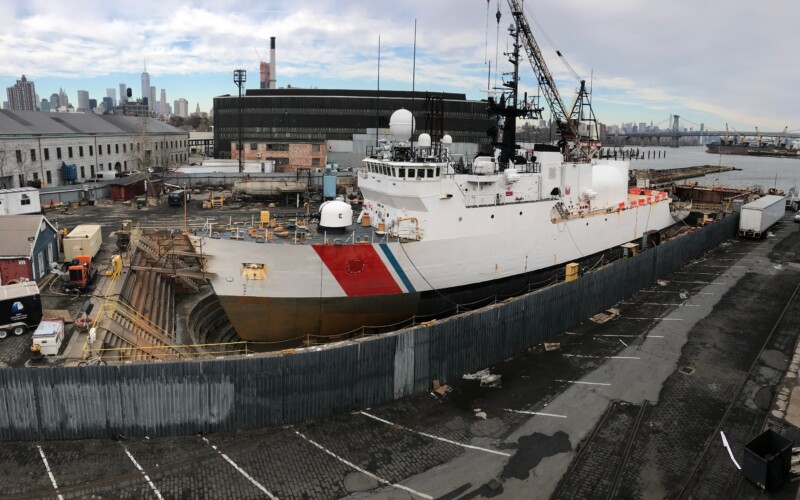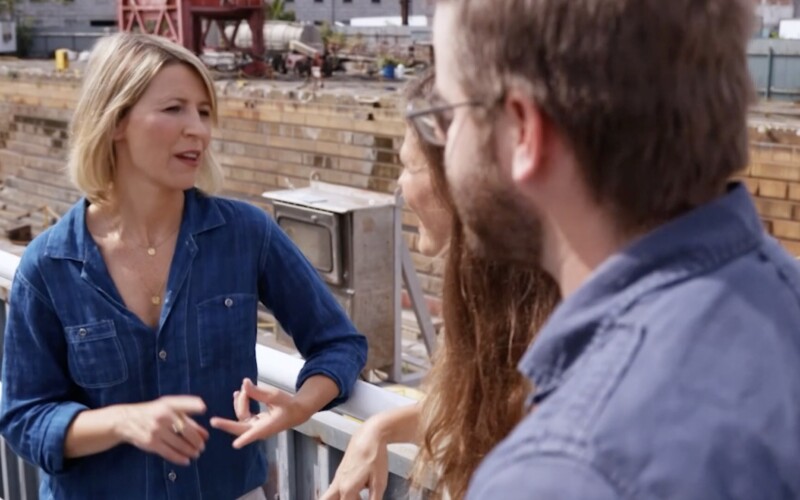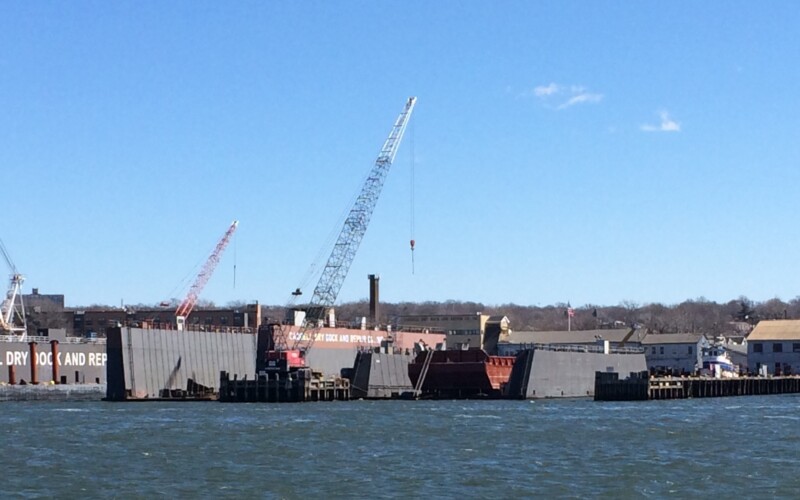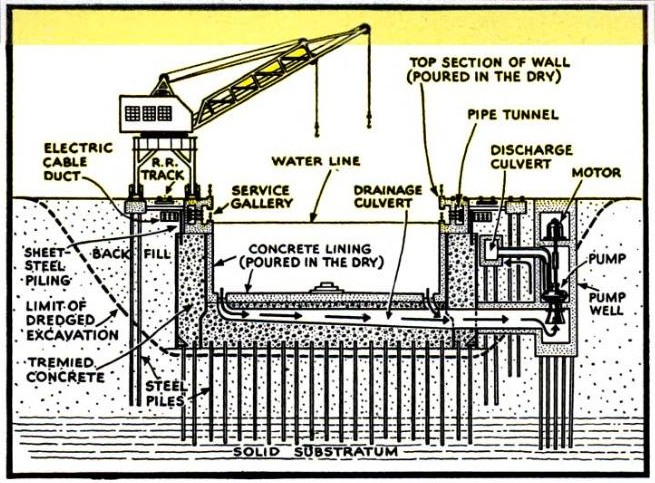We have experience hosting a range of audiences, from college classes to birthday parties to company outings, and we customize our tours to meet your group’s interests and needs.
Book a private tour today
Celebrate Open House New York Weekend by joining us for a live virtual visit to the Brooklyn Navy Yard’s historic Dry Dock No. 1. Built in 1851, this New York …
Read more

We were so proud to have the Brooklyn Navy Yard featured in Episode 3 of the new PBS travel program Samantha Brown’s Places to Love, which explored unique sites around town including our friends at Prospect Park, Kings County Distillery, and the Gowanus Canal. Jump to 5:40 to see the segment on the Navy Yard.
Read more

Peter Christian Asserson (1839–1906) The Brooklyn Navy Yard has always adapted to change. Over its first 165 years, rapid changes in naval ship designs forced the adoption of new shipbuilding …
Read more

For more than 150 years, shipbuilding was a pre-eminent industry in New York City. Shipyards building clipper ships, steamboats, and naval frigates once engulfed the shoreline of Lower Manhattan in …
Read more

Times of war have always brought the biggest transformations to the Brooklyn Navy Yard, and none were bigger than those that took place during World War II. But long before …
Read more
